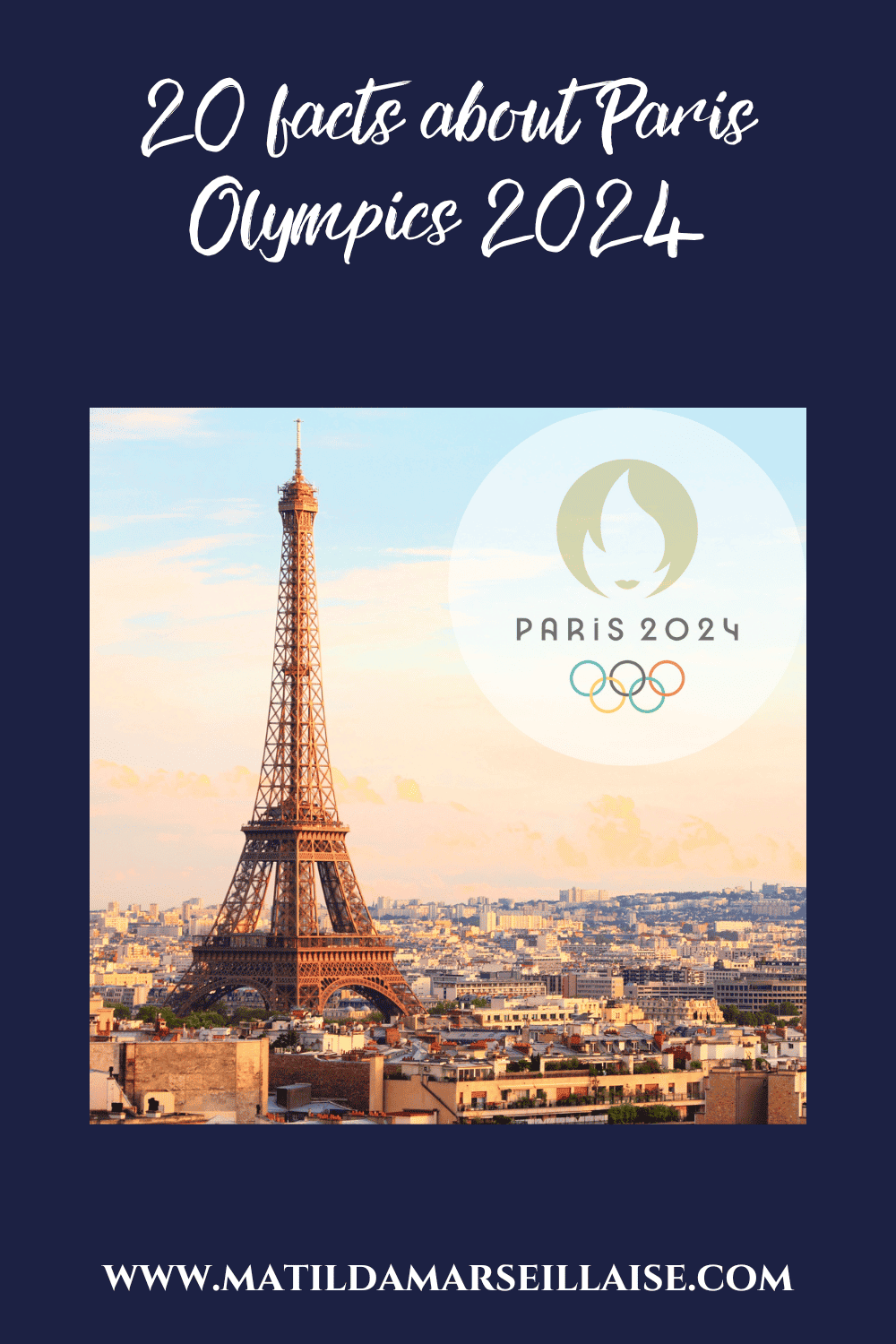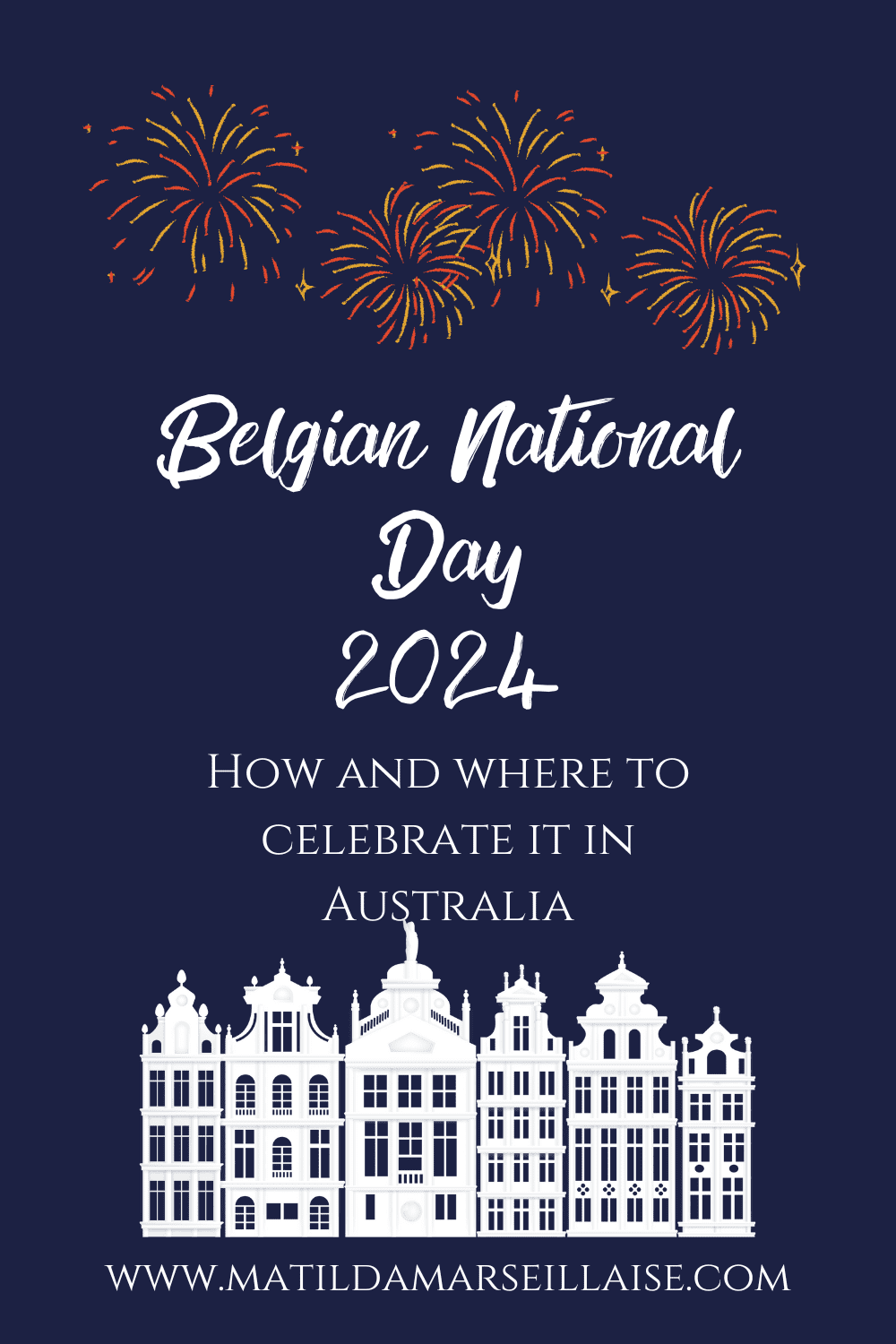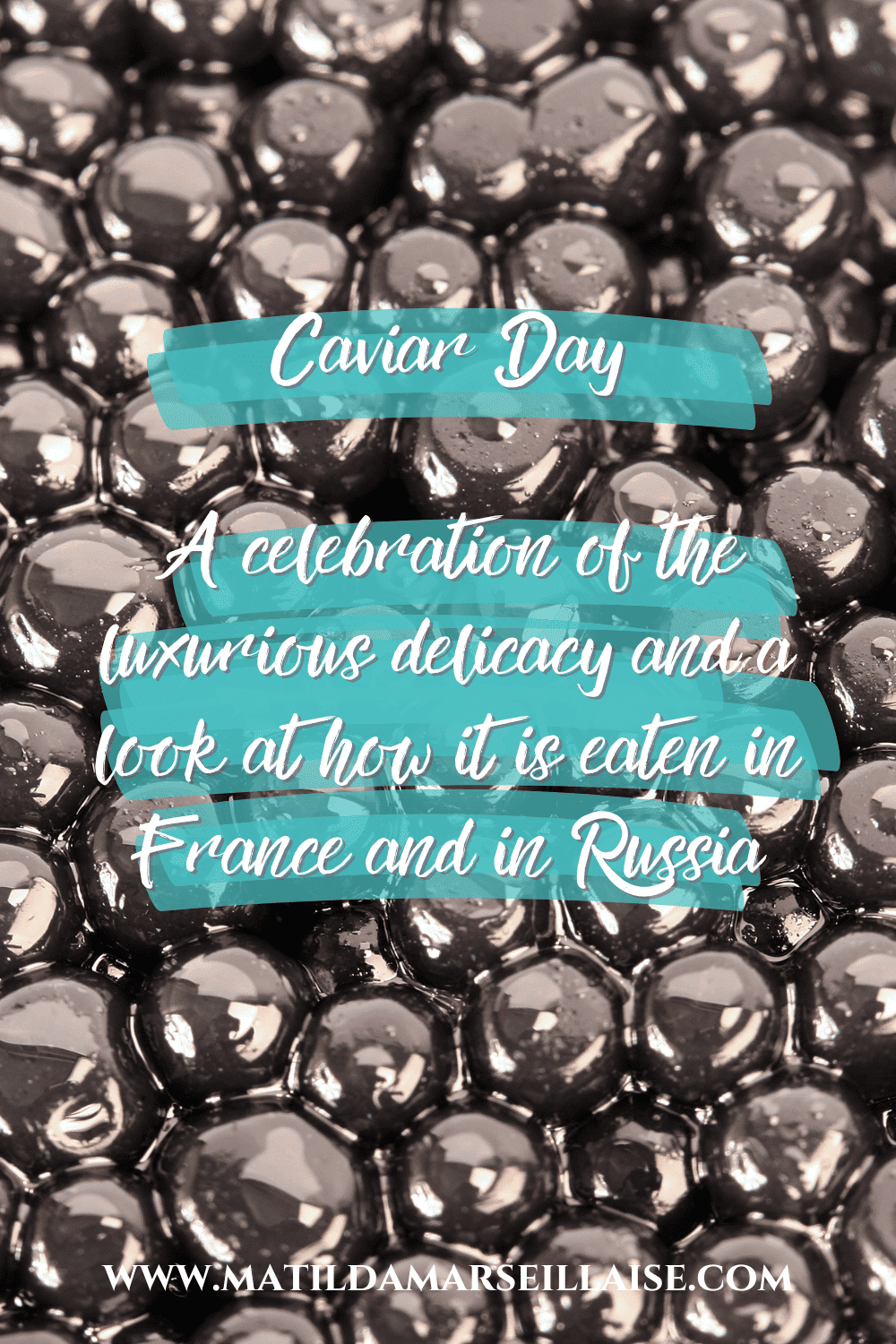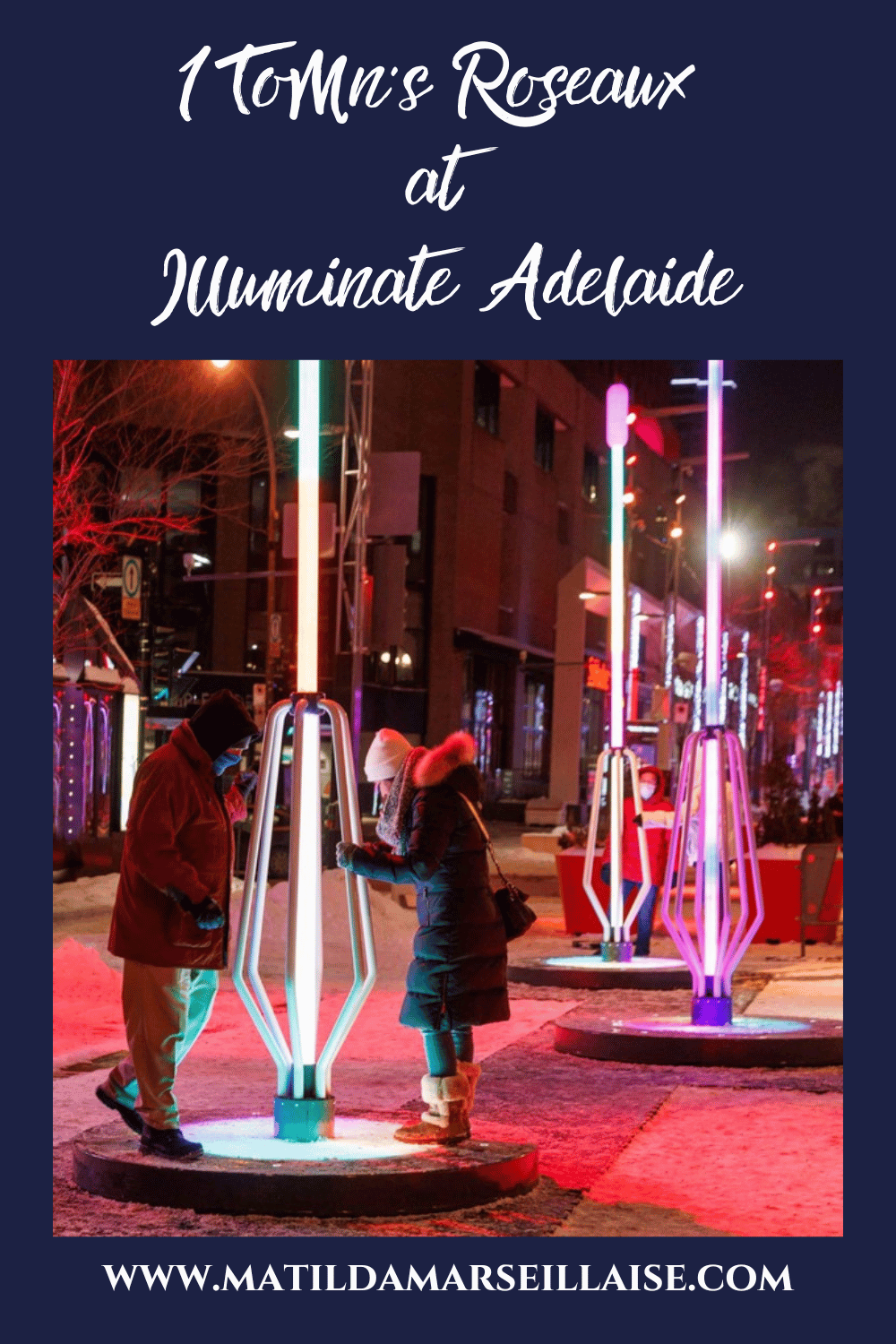Cold Blood at Adelaide Festival is debuting tonight. It is a show from Belgian couple Michèle Anne De Mey and Jaco Van Dormael and Kiss & Cry Collective, which was written by Thomas Gunzig. The show is in part cinema, in part danse and in part theatre.
Characters are portrayed by fingers in what the makers have called “nano dance”. You can see the show in Adelaide from tonight until Sunday (more info about tickets and show times at the end of end of the article). We chatted with Michèle Anne De Mey before her arrival in Australia.

You’re coming to Australia with your show Cold Blood at Adelaide Festival . Tell us about this show.
Cold Blood is in the same vein. Firstly there was Kiss & Cry that we played in Australia in Sydney. Then we created Cold Blood in 2015. Cold Blood is the making, the directing of live theatre with the particularity that what happens is that the principal characters of this production are hands. You see the making, you see the changes, you see the cameras, you see the camera man and you see the changing sets. Nothing is created in advance.
Everything that happens in this production is on a large scale. There is a large screen above the protagonists. There is a cameraman and an assistant. You see all of the making, the manipulator, the creators. The result is that you imagine a completely different world. That’s the principle that the show proposes.
Cold Blood at Adelaide Festival features what you call nano-danse. Talk to us about that.
Nano-dance; we called it that because it was in 2011 when it was the moment of nano technology. All was nano, nano. We realised that as we were filming little sets and that we were working on this scale and that we were enlarging everything with the camera and that we were just working with our fingers.
So we said that it was called the nano danse. We don’t dance with what the camera sees or with what the public sees. It’s what the camera sees and the film is macro. It’s hands. It’s choreography for the hands which represents animals etc. This particularity – this precision to the millimetre because it’s in a cinema framework so you need to work in that way.
There are also other meanings. The choreography, the investment of the body. We are always in this double perspective.
Have you thought about insuring your fingers?!
Here in Belgium for the time being, we haven’t yet found an insurance company to insure them. If we were in the United States it would have already been done but here dancers and actors cannot insure their bodies. We continue our normal lives- we do the dishes, we do the gardening. We don’t yet have this possibility.
However, what we do have is replacements. Each post has replacements. We are a real team. Each post has three hats – as we are in high demand – it’s very important to be able to continue to make other shows, other films, other choreography.
So if anyone ever has an accident with their fingers, we can say « rest your fingers and someone else will be able to fill in”. So that’s our only insurance. It’s to have partners who can step in. And it’s not a bad thing as it gives work to others too.
I don’t know if that kind of insurance exists in Australia either.
But it’s a good question. There’s quite a funny anecdote about that becuase the Minister fro Cuture came to see the show. After about the third or fourth time she’d seen it she said “Michèle Anne you have insured your fingers, right.”
We don’t have that. Perhaps we could start to look into it but I think that it would be very expensive. Maybe it exists. But artists and companies don’t have the capacity [to pay for it].

Where did the idea of doing a show with nano dance come from?
Stories always start from beautiful things. The idea was extrememly simple. It was in research and experimentation and afterwards perhaps a love story because Jaco and I are a couple in real life and we were doing a little research lab with friends. We were looking for dance, cinema and theatre.
During the discussion, Jaco said that it was very difficult to film a dance show because you have to make a choice between the large scale and the body as a whole to show the choreography. It’s difficult to make a choice between these two. And then I tapped my fingers on the table just for a laugh and I said “like this we have the large scale and the body”. And we played with it and there you go. We had a camera and Jaco said « wait, wait ». You could see the cameraman filming the dance on the table. You could see the kitchen table. What you see with your eyes is different. What the spectator sees with his or her eyes is the camera man and the dancers – it’s an ensemble but it’s a very different code on the narrative scale, on the poetic scale. It’s a new side of theatre.
And that’s how it was born. Dance, writing and cinema. It really started on the kitchen table. In trying to look for something. There you go.

You are also a choreography in the more traditional sense with the whole of the body. How has your background in choreography helped you, or not, with the nano-dance like in Cold Blood?
In one’s experience, there are of course all the things that we become that we develop and in that moment, in effect dance and choreography in a choral recital have helped me for sure. And Jaco on this side, he has been a lot more focused in cinematography than writing. But what is interesting is putting these worlds together. Everyone mixes everything. That’s what is the most rich and interesting. We have to do choreography with our fingers, yes and that’s interesting but I am more tempted to do it with my body. But working with Jaco on how to move from one camera to another, how to write a script, the text, the movements… To not place more weight on one more than another but to advance and make the other grow. All these things were a magnificent and interesting discovery.

Are you still choreographing traditional dance shows?
Yes, I’ve just made a new creation, my latest creation. Meanwhile, I’ve also made three shows with my company. Jaco and I have also made a show called Amor. I dance. It’s a shw for two. And there is the video but it’s completely different. Jaco continues to make films. And at the moment, he is in Paris. The show continues to tour. When we are not available there is the team that takes our place. We are really a big family.
Coming back now to Cold Blood, has the show been performed in many different languages?
Cold Blood has been played in 9 or 10 or even 11 different languages. We don’t have sub-titles. We translate and we re-record each time because it’s an actor. So we re-adapt the rhythm of the show each time. It gives it a very particular colour. It’s also very interesting because we feel that it allows the poetic humour to be expressed in each language differently. But the show is always the same. It’s very interesting.
So it’s been translated into a number of languages then?
I can’t remember – we have it in Japanese, English, Flemish, French, Spanish, Portuguese, Korean, German…
So many European languages as well as a few Asian ones.
Yes and in Luxembourgeois too. We haven’t yet translated it into Chinese but that will come. We have English English and American English and in Spanish and in Portuguese and also in South American Portuguese. We do have it in more of the European languages. We also have it in Russian.

What are the challenges in putting on a show like Cold Blood?
Technical challenges. Transport challenges. Challenges of all being together on the same – because it really is a relay system… We have all worked hard in the lab. We worked on accidents.
The challenge is especially to be connected all together in the moment where there are no pre-recorded images, to breathe and to be well connected in the show. We do it live. The biggest challenge is that it’s live actually. Everything is live. Everything has to happen at the right moment, to the second. The cameraman must be there at the same time that the light comes, at the same time that the protagonist arrives, that the dancer arrives. Everything has to be in sync for the projection of the image that we film.
How and why should people come to see this show.
People will discover something new and will let themselves be carried by the story. Available and curious.
Is there anything else that you wish to say about the show?
It’s a wonderful team and the people are great. We have become a family. It’s very precious. Whether it be in the office or on the sound, we have a wonderful team. We are very lucky to be able to cross the world to present this show. We are very happy to come to Australia. I came to the Adelaide Festival a very long time ago.
You can see Cold Blood at Adelaide Festival from tonight until Sunday:
Thursday 5 March, 19:30
Friday 6 March, 19:00
Saturday 7 March, 14:00, 19:00
Sunday 8 March, 14:00
Tickets for Cold Blood at Adelaide Festival cost $79 for adults (plus reservation fees). There are also discounts available for Friends of Adelaide Festival, concession card holders, under 30s and students. Tickets are general admission so it’s best to arrive early to get the best seat.
Note that the show will be take place at the Wayville Showgrounds not in the Adelaide Festival Centre.
Have you ever seen a show like this one? We haven’t and we can’t wait to see it tonight!





